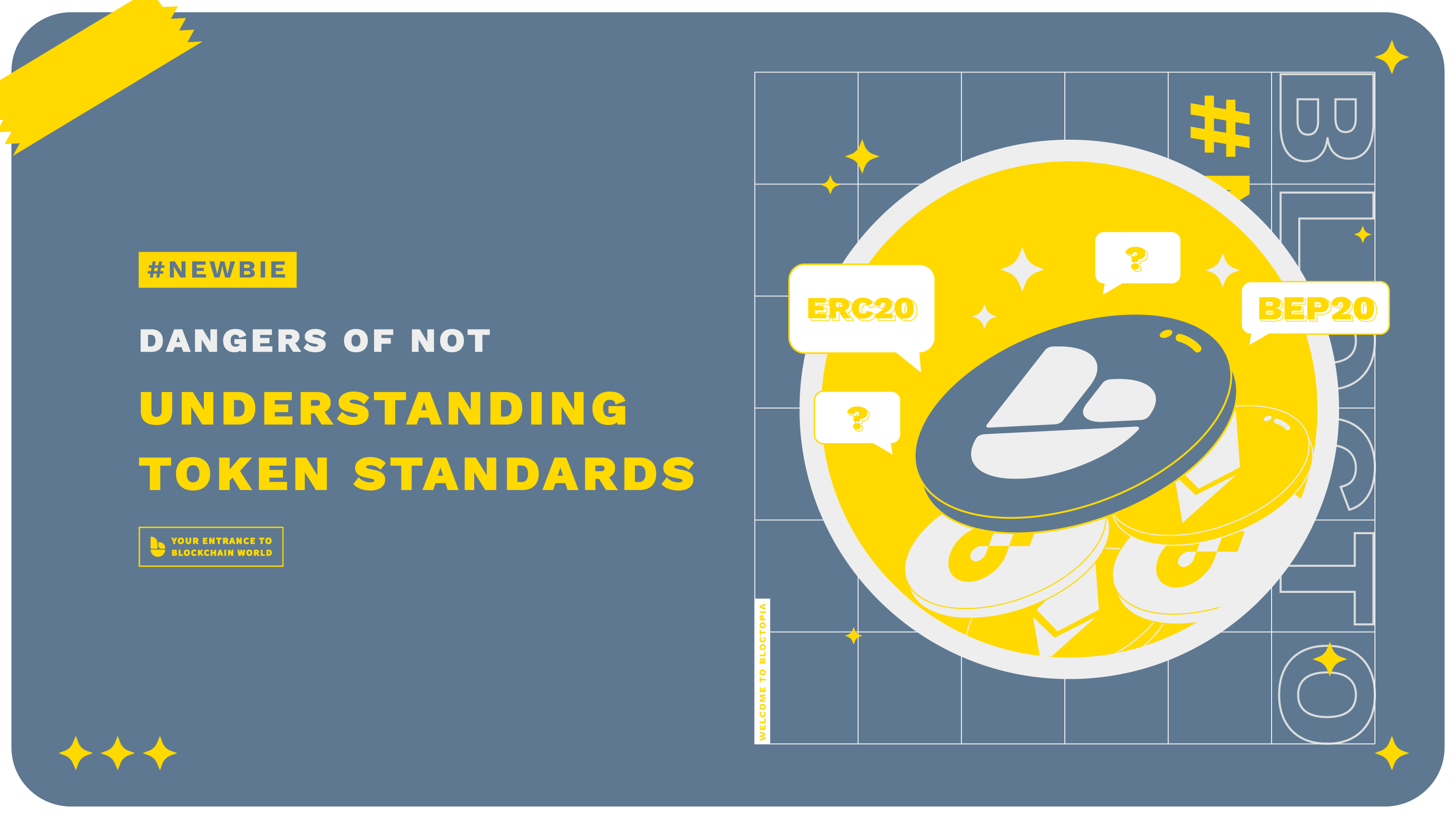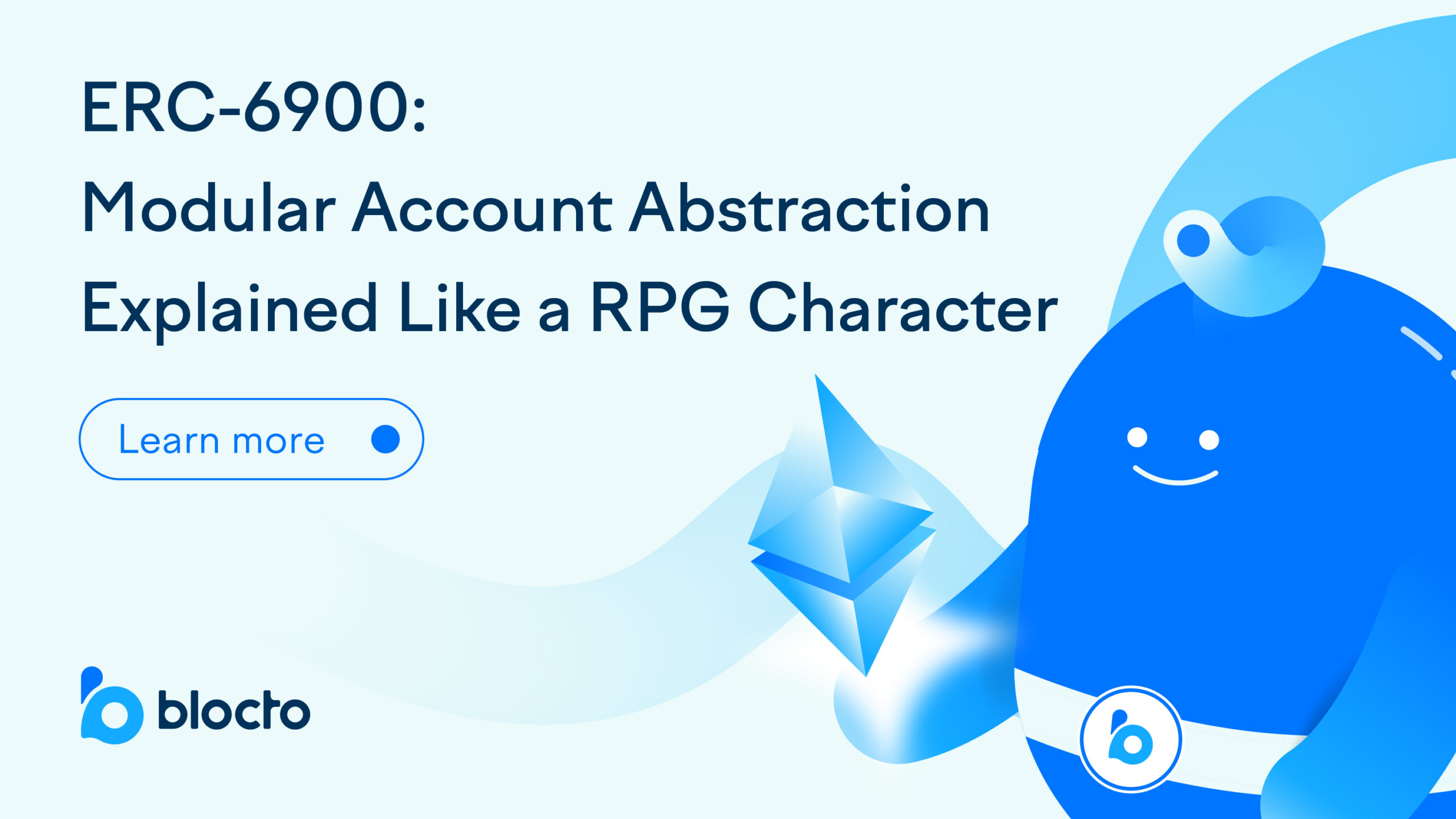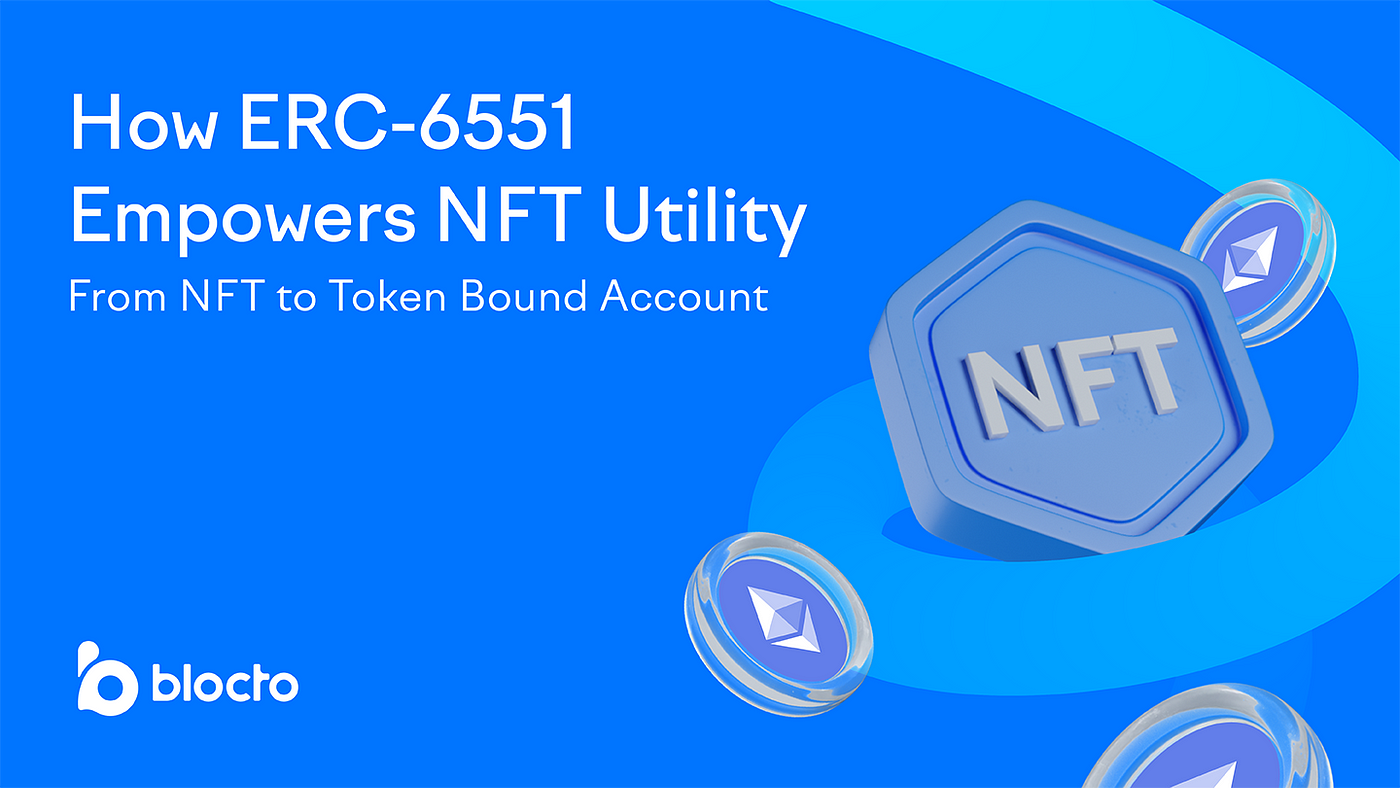
Helpful Tips to Avoid Transaction Failure!
What is blockchain token standard? Does it matter?
What is your biggest fear when it comes to cryptocurrency? Scam, crypto volatility, false crypto knowledge, investing in wrong cryptos, … there can be many options.
One of the worst nightmares that could ever happen to a crypto wallet user is transacting tokens to the wrong blockchain. Since tokens built on separate blockchains comply with dissimilar smart contracts and token standards, sending your digital assets to the incorrect chain results in an irreversible loss. To avoid crypto transaction failures, it is important to have some background knowledge of token standards and their correlations with blockchain smart contracts.
Token standards and blockchain smart contracts
Blockchain smart contract, i.e., transaction protocol, automatically executes blockchain operations when conditions are met. And smart contract standard refers to the application-level regulations that smart contracts must obey to enable on-chain functions.
As a subsidiary of smart contract standard, token standard defines specifications for tokens to follow in order to function optimally on a blockchain network. Setting the rules for providers to deploy new tokens on-chain, token standards regulate a token’s infrastructure, including but not limited to the total supply of a token, token transaction codes, and token minting and burning processes.
A blockchain may develop multiple token standards to support various smart contracts. For instance, Ethereum implements the Ethereum Request for Comment or ERC, including ERC20, ERC721, ERC777, ERC1155, and EIP2309, amongst others. Each may add functionality to Ethereum-based tokens in different aspects to help ensure smart contracts remain compatible and new tokens can function within the existing exchanges and wallets.
Token standards supported by Blocto
Blocto currently supports Ethereum (ERC20), Flow (Flow FT), Solona (SPL), BNB Smart Chain (BEP20), Avalanche C-Chain (AVAX),and Tron (TRX). To check the token standard of each token, go to “Wallet” in Blocto App and tap the “Tokens” tab to view your asset cards. Your asset cards will present the token standard and the blockchain each token is built on. You can also press “+” to add a new token to diversify your crypto portfolio. Please note that the native token of each blockchain (ETH/FLOW/SOL/BNB/AVAX/TRX) is listed directly with its underlying blockchain on the asset card. Before making any crypto transaction, check the token standard to confirm the wallet account you deposit to or withdraw from is on the correct chain. If you send or withdraw your tokens on the incorrect blockchain, you will lose your assets.
Since the address may vary from one token to another, please also verify that the address of your token (a sequence of numbers you can find in the token’s asset card) matches the one you use in the transaction. Please note that a wallet is not equal to an address in the case of a cross-chain wallet. As a cross-chain wallet that encompasses all kinds of tokens, Blocto Wallet serves as a storage unit of addresses, and each address can be imagined as a credit card inside your wallet (in the asset card form).
4 most common transaction failures to watch for
The following are some common scenarios of wrongly executed transactions and methods that might help to retrieve your lost digital assets.
1. Sending a token supported by multiple blockchains incorrectly
Each blockchain’s token ecosystem is separate for a token supported on multiple blockchains, like USDC supported by Ethereum, Solana, and Flow. Because the token is supported on Ethereum as an ERC20 token, on Solana as an SPL token, and on Flow as a Flow FT token, it denies direct cross-chain transfers. If you directly transfer USDC on SPL to Flow, it will vanish like traveling through a black hole formed by the incompatibility of token standards and blockchain infrastructures. The same is true for Matic (ERC20/Polygon), REVV (ERC20/Polygon/Flow FT), and our governance token BLT (Flow FT/BEP20/SPL). (Although Polygon is an Ethereum Layer 2 solution whose token standard is principally based on ERC20, Polygon and Ethereum remain independent blockchains.)
If you hope to access a token in the wallets or exchanges on different blockchains, BloctoSwap’s “teleport” feature supports cross-chain transfers on four major blockchains (Ethereum, Flow, BSC, SOL).
You can refer to our teleport guide to safely send your assets:
2. Sending a token non-supported by Blocto to the same address of another token on the identical chain
Some blockchains have the same address for all the tokens. Suppose you accidentallysend a token to the address of another token on the identical blockchain before Blocto lists them on the token list.
In that case, you may retrieve them with our Help Center’s guide:
However, this sort of retrieval only applies to the blockchains with the same address for all the on-chain tokens, e.g., BSC and Ethereum. As for the blockchains that may have different addresses for on-chain tokens, such as Solana, we may not be able to help transfer your funds back.
3. Connecting your wallet to non-supported NFT or crypto airdrops
If you connect Blocto Wallet to non-supported NFT or crypto airdrops, you will lose your reward tokens. Since these tokens are transferred through Blocto smart contracts, you can submit a request to our Help Center to let our R & D team help confirm the current status of your gains.
4. Sending your tokens directly to Blocto smart contract’s address
A rare incident that happens to our users is that they found our smart contract’s address on our SDK website and directly sent their crypto to that address due to their miscomprehension of the blockchain mechanism. Please don’t do that, or else your tokens land in a black hole! You can check out the guide articles in our App for correct information on how blockchain works.
Now that you have a comprehensive understanding of token standards and on-chain transactions, you can resume your exploration of the token ecosystems in Blocto Wallet. If you haven’t owned any token yet, you can begin your crypto journey by our fiat on-ramp!

